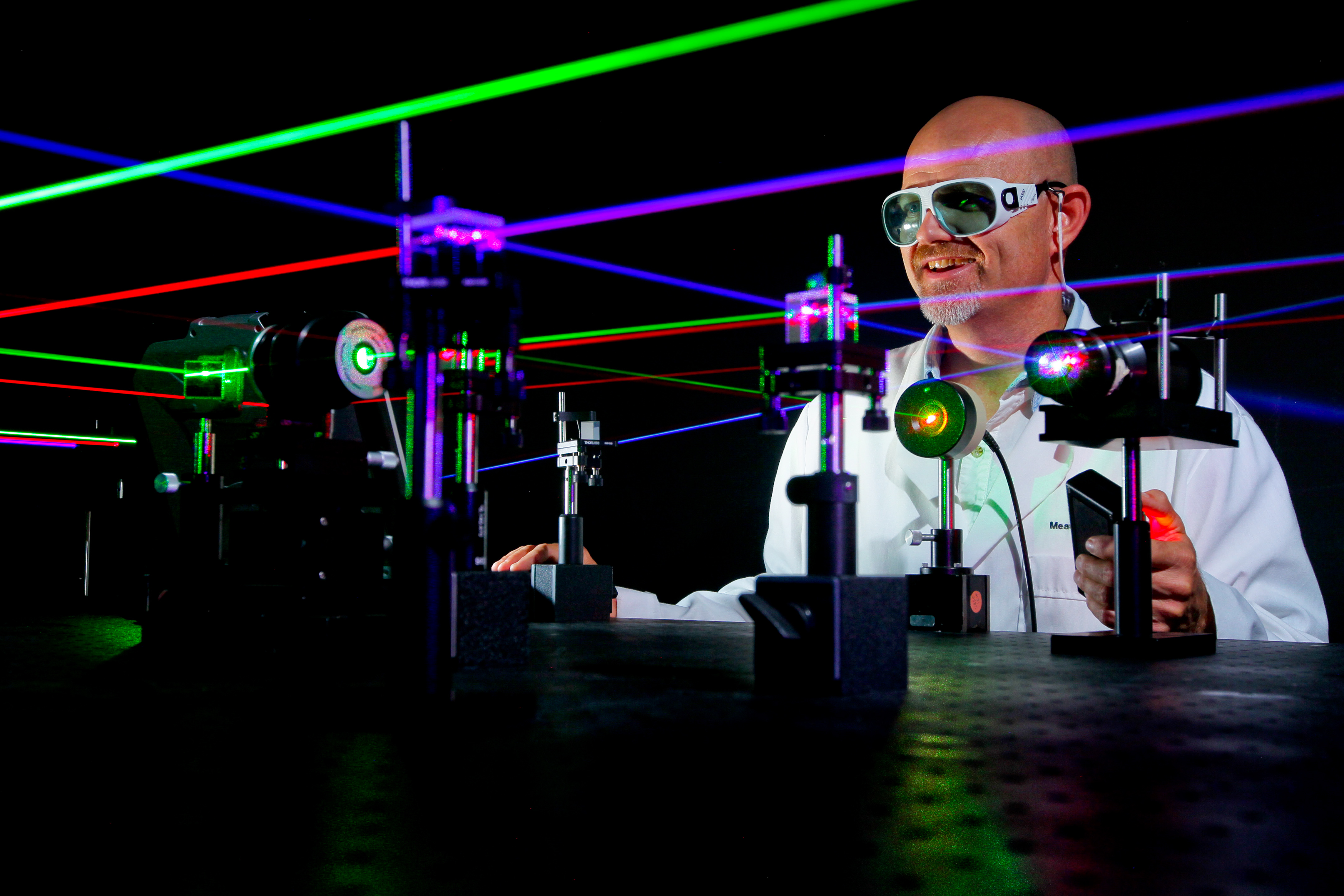
The Navy’s own engineers and scientists can help the service maintain a technological advantage as the industrial base changes, a top service official said today.
Navy acquisition chief James Geurts touted the service’s ability to use technology in public shipyards and on ships that its scientists create within warfare labs across the country.
“A real competitive advantage for the Department of the Navy is our organic workforce – and that’s from a couple of different perspectives. One: it gives us great adaptability and flexibility because we can rapidly focus them or refocus them on emerging challenges that pop up, whether it’s operational challenges or something’s popped up we weren’t expecting,” Geurts said today in a call with reporters.
“They’re kind of this key bridge between the operational fleet – many of them having been in the fleet or in the Marines and then joining the labs, or just by interacting with the fleet over extended periods of time. They can kind of be not only remarkable in their own technical individual or team prowess, but also help ensure we are maximizing resources as we bring in other folks from academia or the contracting industry side,” he added of the scientists and engineers working in the Navy’s labs.
Geurts pointed to automation efforts in the public shipyards to cut costs as one way the service is using new technologies produced within its warfare centers.
The Navy’s top acquisition executive appeared today at an awards ceremony honoring numerous individuals and teams of scientists for work in the service’s warfare centers. The service hosted the event from Naval Surface Warfare Center Carderock, Md.
One of those honorees was Matthew Lehr out of the Naval Surface Warfare Center Dahlgren Division. Lehr helped create the Optical Dazzling Interdictor – Navy (ODIN), a laser meant to help vessels thwart unmanned aerial systems.
Geurts pointed to ODIN as a way the Navy is using prototyping efforts within its own labs to deliver new capabilities to the fleet.
“ODIN’s a great example of that – rapidly prototyped stuff, get it on the ship. They can integrate seamlessly with the fleet. They’ve been out there on the ship. The crew sees them as part of the crew. They work through all the issues. They can quickly adapt if we need to adjust training or if we need to adjust the feature,” Geurts said.
“We don’t have to go through a contract change and a big negotiation. And then when we’ve figured out what we want, and then over time we can turn that to industry and then allow industry to build that scale and take costs out, and the things that industry’s good at doing,” he added.
The Navy in February announced it had outfitted ODIN on destroyer USS Dewey (DDG-105), and Geurts said the service will place ODIN on several platforms, starting with vessels that have upcoming deployments to the Pacific.
“We are fielding it on a number of platforms – number being certainly more than a couple. And our primary focus is fielding it on those ships that are deploying in the near future out in the Pacific region,” Geurts said. “We’re working with the fleet and … working on the highest priority ships for the mission and working closely there.”





